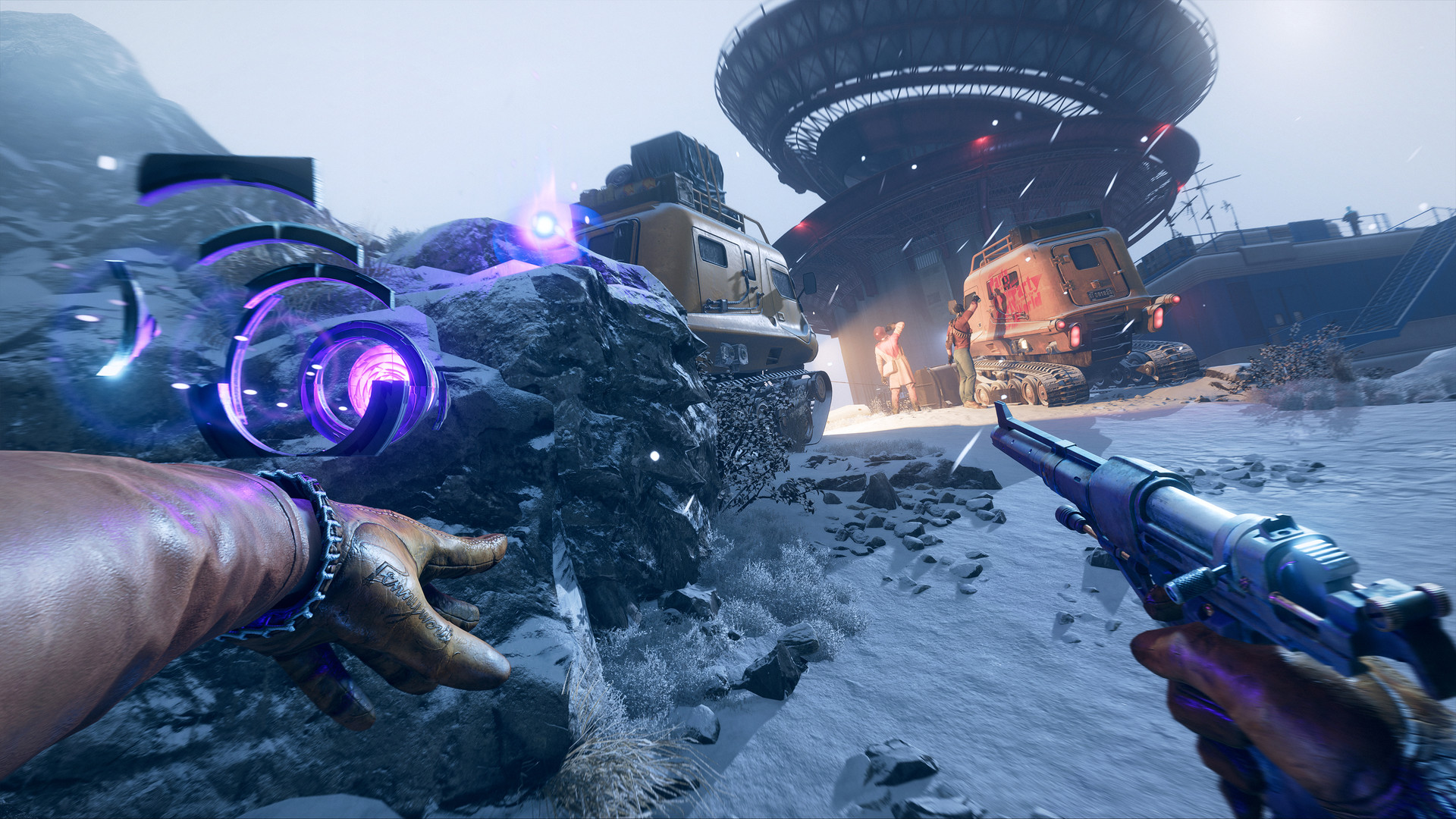Deathloop with ray tracing is now working in Linux via Steam Play (thanks to VKD3D-Proton)
Still early days, though, with experimental DXR 1.1 support

Linux gamers wanting to play big-name Windows titles with ray tracing can start getting excited, as strides have been made with getting some games up and running via the VKD3D-Proton project, which is one facet of Steam Play (and its Proton compatibility layer for running Windows offerings).
VKD3D-Proton translates Microsoft’s Direct3D 12 to Vulkan, and with the latest release which is version 2.5, there’s opt-in (early and experimental) support for DXR 1.1 ray tracing.
- Best Linux distros for beginners and advanced users
- Also check out all the best Linux distros for gaming
- And the best PC games of 2021
As Phoronix spotted, DXR 1.1 is still not done here by any means, and this is early working stuff, with “significant bugs” still floating around. However, DXR 1.1 inline raytracing support is “fully implemented”, and some games appear to be running fine with ray tracing in Linux. (Note that with this version, DXR 1.0 support is considered more or less done and dusted).
Testing has been conducted with DXR 1.1 enabled on Nvidia GPUs, and Deathloop now appears to work fine with ray tracing, as does Resident Evil: Village (though the difference with turning on the flashy effects is apparently pretty subtle). World of Warcraft works according to reports, but these haven’t been confirmed.
And a biggie, Cyberpunk 2077, is working in a fashion: it can be turned on successfully, but suffers from the GPU timing out (crashing back to the desktop).
As the devs note: “From here, DXR support is mostly a case of stamping out issues one by one.”
Analysis: Steaming ahead with ray tracing support
It’s obviously great to see progress being made with Steam Play catering for those who want to turn on ray tracing when playing Windows games under Linux. With any luck, it won’t be too long before Cyberpunk 2077 – one of the heavy hitters of the ray tracing world – is properly functional with ray tracing when running via Steam Play.
Sign up for breaking news, reviews, opinion, top tech deals, and more.
An additional bit of excitement comes with the news that Nvidia has made contributions to facilitate VKD3D-Proton enabling DLSS support in Direct3D 12 games, helping boost frame rates when under the demands of ray tracing, to boot.
We’ve heard before that maybe the Steam Deck will eventually benefit from ray tracing goodness, as technically the AMD RDNA 2 graphics could run it – it’s just that it’d be a slideshow. However, in the future, that reality may change as the demands of ray tracing games become less onerous, and therefore maybe more in reach of the Deck’s hardware capabilities. (Or indeed a future Steam Deck sequel would obviously offer beefier hardware).
- Check out the best gaming PCs currently out there
Darren is a freelancer writing news and features for TechRadar (and occasionally T3) across a broad range of computing topics including CPUs, GPUs, various other hardware, VPNs, antivirus and more. He has written about tech for the best part of three decades, and writes books in his spare time (his debut novel - 'I Know What You Did Last Supper' - was published by Hachette UK in 2013).